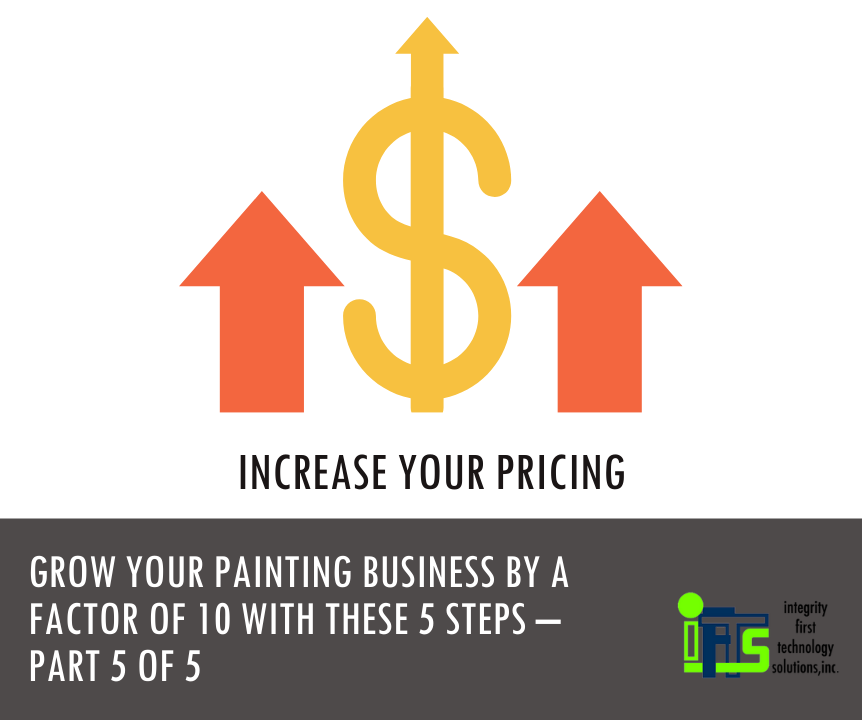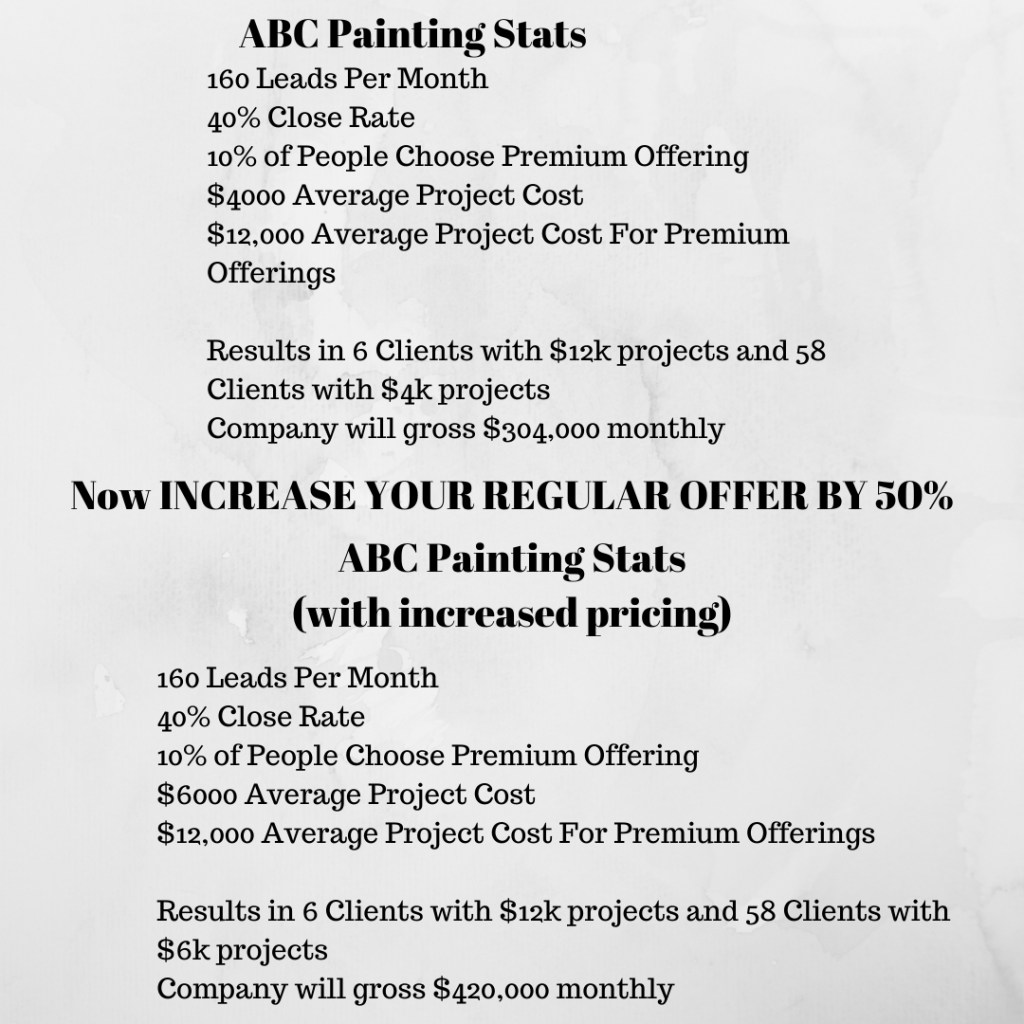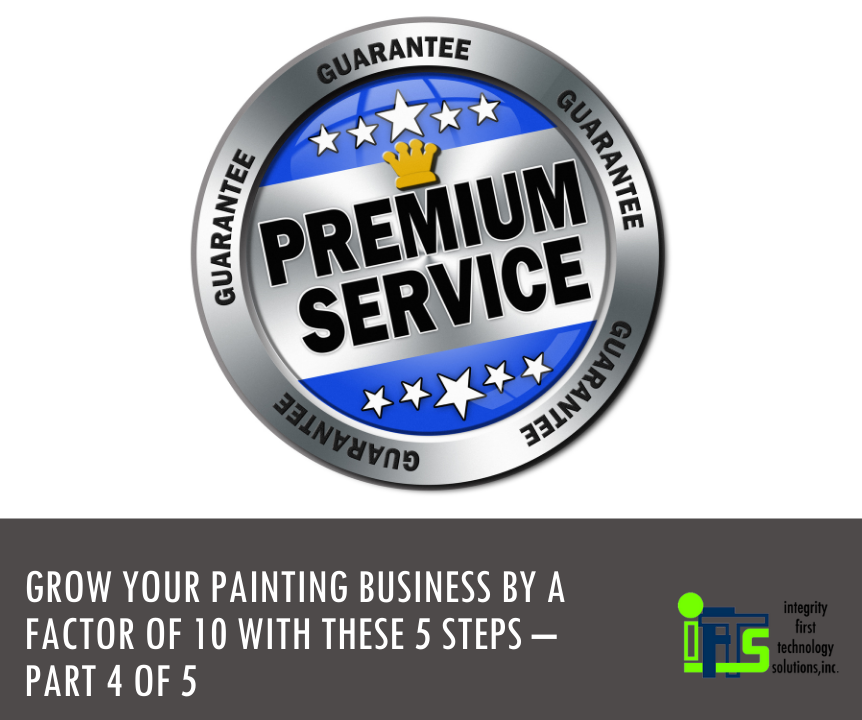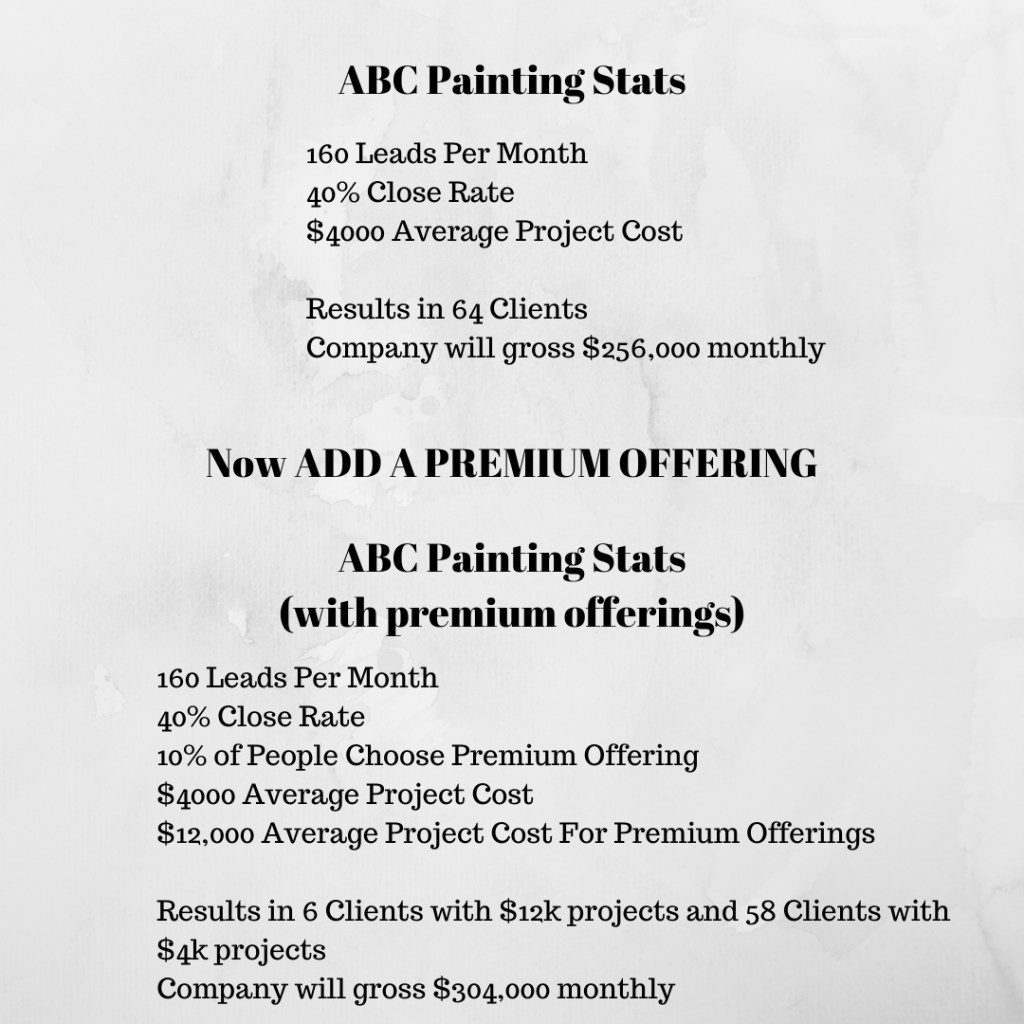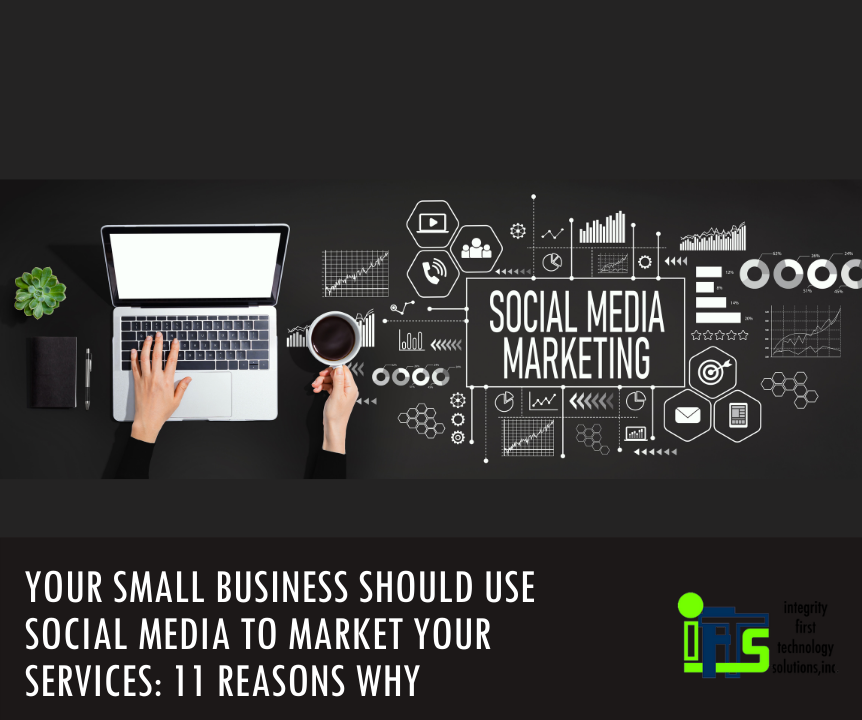
Have you ever heard that your business doesn’t exist if it isn’t on Facebook?
This is because your clients may already be “friends” with your rivals if they utilize social media to follow other companies.
When it comes to reaching new clients and prospects, social media marketing is an extremely effective method! If you aren’t on social media, no one will know about your company. How could they?
In another post, we share 5 social media marketing secrets that nobody has told you about…
With sites like Facebook, Twitter, Instagram, and Pinterest, companies can communicate directly with their customers. If you aren’t doing this, you’re losing out on key opportunities.

Local companies should always have social media campaigns as part of their marketing plans. Making and distributing content on social media sites will assist you in achieving your marketing and branding objectives quickly.
Using paid social media advertising in conjunction with regularly posting updates, videos, and other material to engage your audience will help you reach more prospective customers, build loyal brand supporters, and increase sales.
To connect, engage, and develop your business, here are 11 reasons why you should work on your social media presence:
1. Speed
Using social media to market your business is a quick and easy way to get your message out there. You can start promoting your business in minutes after creating your profile.
2. Price
Because of the low cost of social media campaigns, you have more control over your advertising budget and may expand your social media presence at a rate that is right for you.
3. Effectiveness
To contact your target customers and construct a successful marketing campaign, you need to use multiple social media channels.
4. Brand Awareness
Social media is used by millions of individuals every day all over the world. Consider social media marketing as a surefire technique to raise exposure of your brand.
5. Relationship Development
General marketing methods do not “talk” to the client in any meaningful way. You can, however, develop genuine relationships with your potential clients by connecting with them on social media.
6. Trust Building
Customers are more likely to believe in your brand when you use social media to build trust with them. Successful social media campaigns should help you become a leader in your market.
7. Website Traffic
Making your social media updates engaging will raise your click through rate and drive more attention to your website, increasing sales.
8. More Leads
To produce more leads, you’ll need social media marketing. With social media marketing, it’s easy to run free social media campaigns or pay for advertising.
9. Content Promotion
You should make use of the social media channels to spread the word about your work. If you’re doing content marketing well, you should use social media to get the word out about your products and services.
10. Involved Followers
Increase the link you have with your fans by getting them engaged in your initiatives. Your followers will become more engaged if you just ask them what they want.
11. Spy on Your Competition
Spying on your competition is a cinch with social media. Don’t let your guard down whether it comes to your friends or foes. With social media, it’s simple to monitor your competition on multiple platforms.
Need help getting started with social media? Call IFTS today for a free strategy session at 412.715.6266 or send an email to si@iftsdesign.com

